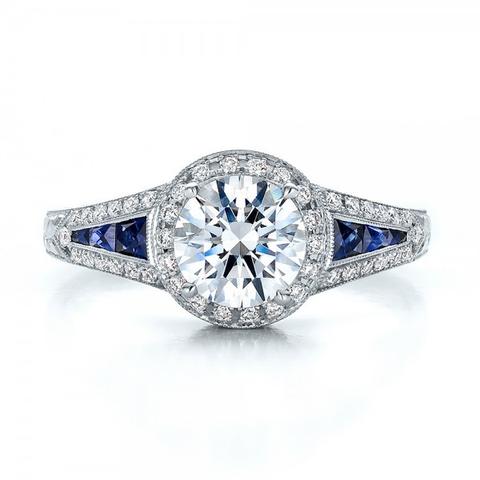
Global Diamond Industry Shows Signs of Recovery: What Is Driving the Rebound?
After three challenging years marked by geopolitical disruption, shifting trade routes, and weakened consumer confidence, the global[…]

FOREVERMARK DIAMOND JEWELLERY CELEBRATES THE GRAND OPENING OF DE BEERS GROUP’S LARGEST FLAGSHIP STORE IN MUMBAI
Mumbai, 8th January 2026: Forevermark Diamond Jewellery marked a defining milestone in its India journey with the[…]
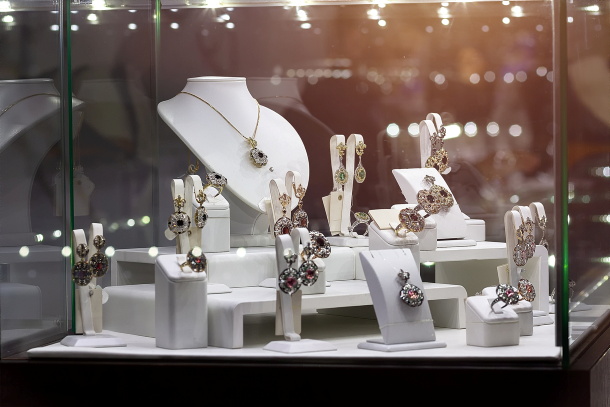
Holiday Season: Modest Uptick in US Jewelry Sales
Jewelry sales in the US grew by 1.6 per cent during the 2025 holiday period, outpacing last[…]

Lucara Advances Karowe Underground Expansion Despite Global Diamond Market Slump
Lucara Diamond Corp is moving forward with the underground expansion of its flagship Karowe mine in Botswana,[…]

Namibia’s Diamond Output Hit by Price Drops and Lab Growns
Namibia's rough diamond production fell by 3.5 per cent year-on-year during Q3 2025, as prices fell, demand[…]

Passenger Hid $280,000 Diamonds Inside Body
A passenger arriving on a flight into Mumbai was found to have $280,000 of diamonds concealed in[…]
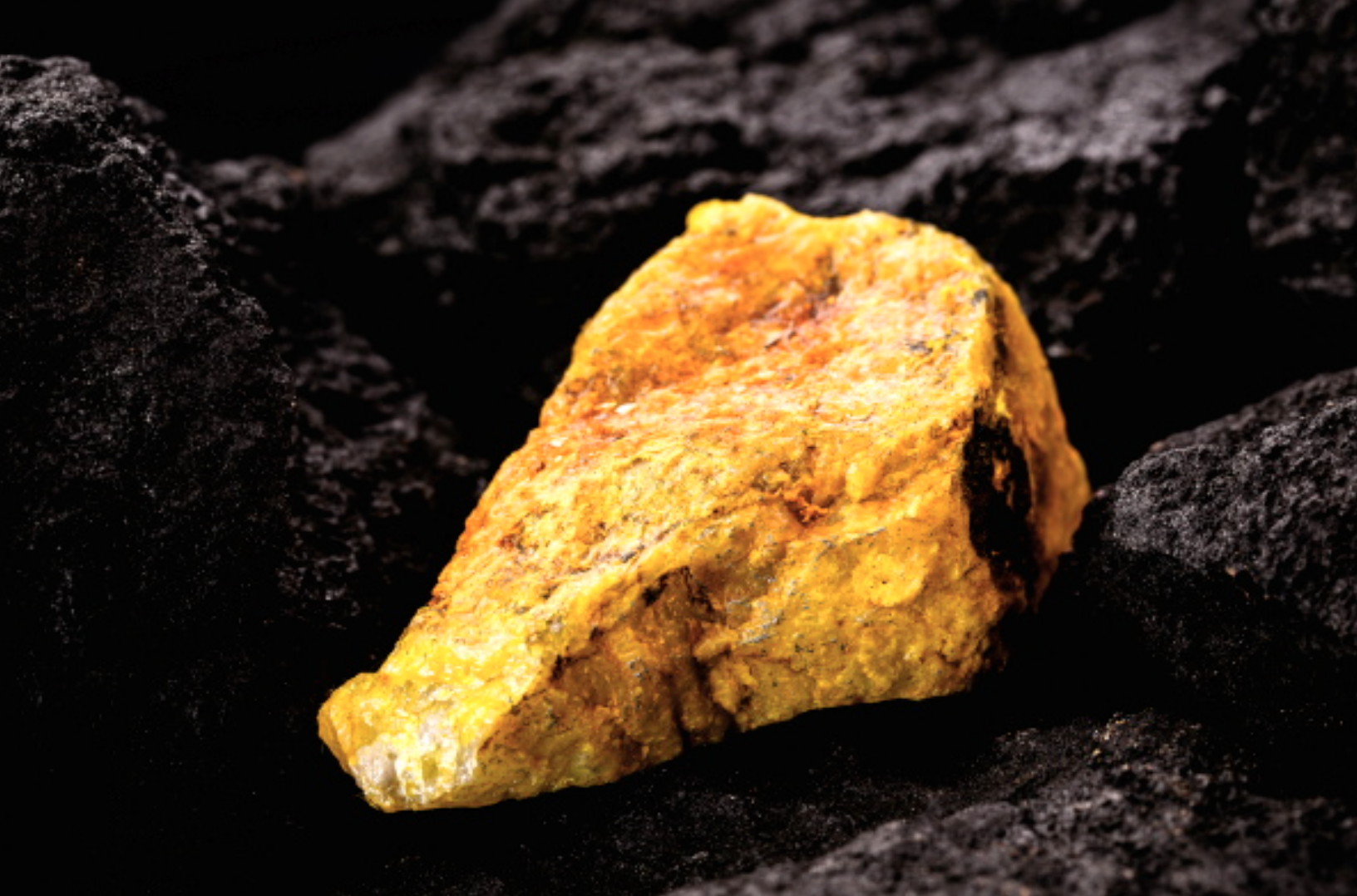
Namibia: Gold and Uranium Earnings Overtake Diamonds
Namibia has, for the first time, earned more tax revenue from gold and uranium than from diamonds.
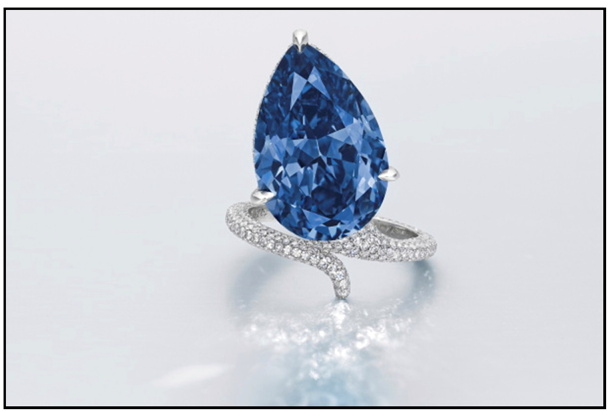
Record Watch and Jewellery Sales Mark Strong 2025 at Sotheby’s
Sotheby’s has reported a standout performance in 2025, with watch and jewellery sales delivering robust year-on-year growth.
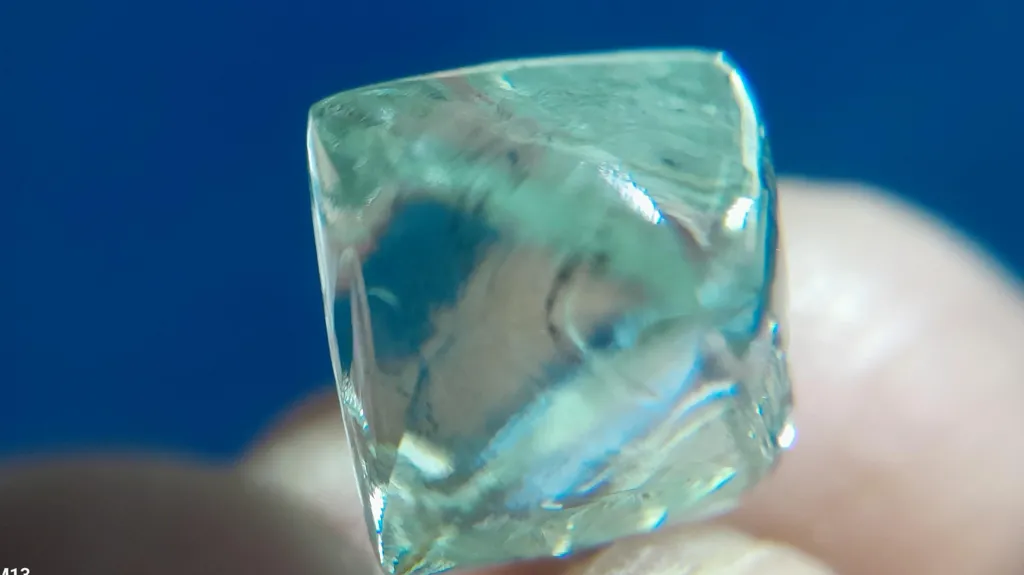
Childhood Friends Unearth $55,000 Natural Diamond in India
On a crisp winter morning in Panna, a historic diamond-mining region in central India, two childhood friends[…]
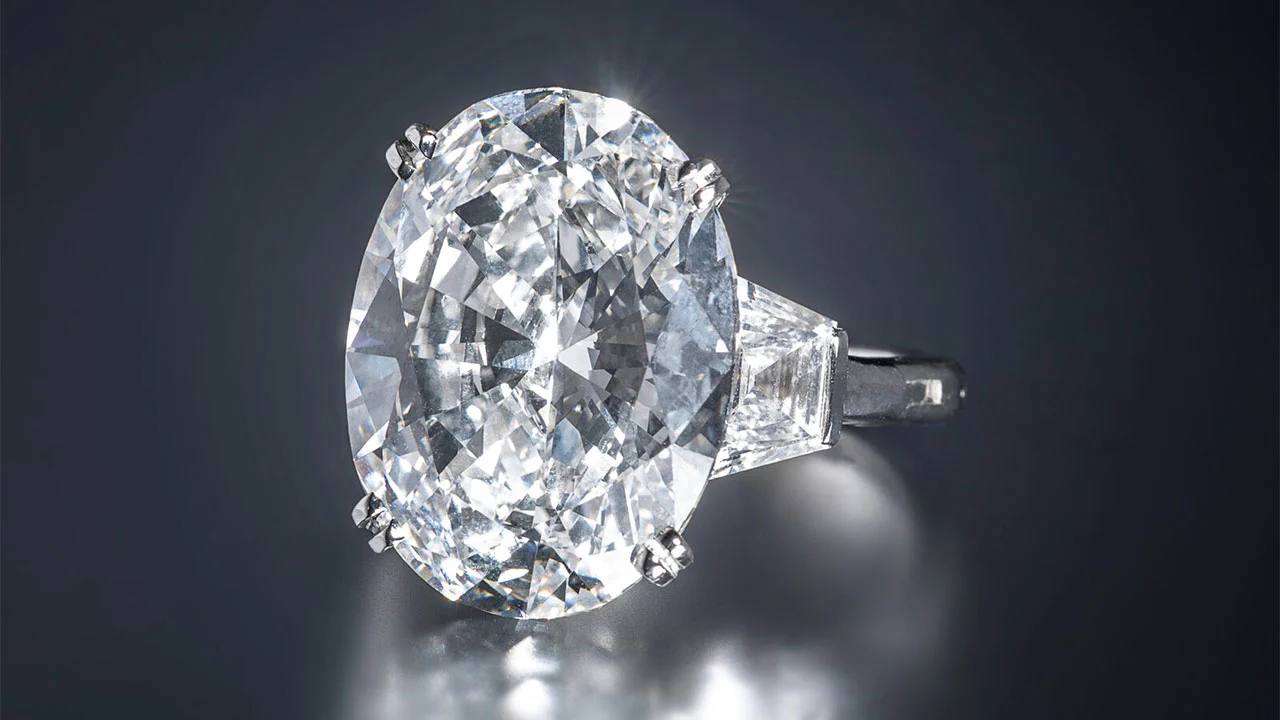
Graff Diamond Ring Steals the Show at Freeman’s Important Jewellery Auction
A spectacular Graff diamond ring emerged as the star lot at Freeman’s recent Important Jewellery auction in[…]
